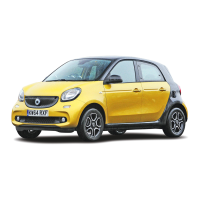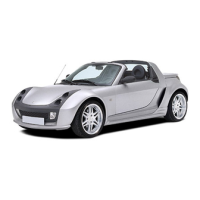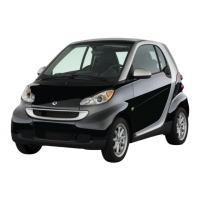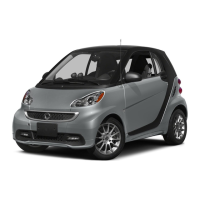Fitting a wheel
G
WARNING
Oiled or greased wheel bolts or damaged
wheel
bolts/hub
threads can cause the wheel
bolts to come loose. As a result, you could
lose a wheel while driving. There is a risk
of accident.
Never oil or grease wheel bolts. In the event
of damage to the threads, contact a quali-
fied specialist workshop immediately.
Have the damaged wheel bolts or hub threads
replaced/renewed. Do not continue driv-
ing.
G
WARNING
The wheels could work loose if the wheel
nuts and bolts are not tightened to the
specified tightening torque. There is a
risk of accident.
Have the tightening torque immediately
checked
at
a qualified specialist workshop
after a wheel is changed.
G
WARNING
If you tighten the wheel bolts or wheel nuts
when the vehicle is raised, the jack could
tip over. There is a risk of injury.
Only tighten the wheel bolts or wheel nuts
when the vehicle is on the ground.
!
When changing a wheel, use only wheel
bolts
that
have been approved for the wheel
rim and vehicle.
Fit tyres with a specified direction of rota-
tion only according to their direction of
rotation. An arrow on the sidewall of the tyre
indicates its correct direction of rotation.
X
Clean the wheel and wheel hub contact sur-
faces.
X
Push the wheel onto the wheel hub and press
it on.
X
Screw in the wheel bolts and tighten them
slightly.
X
Lower the vehicle all the way.
X
Remove the jack.
X
Tighten the wheel bolts evenly in a cross-
wise pattern in sequence indicated :
to ?. The tightening torque must be
105 Nm.
X
Check the recommended tyre pressure and
adjust if necessary.
i
Vehicles with tyre pressure control sys-
tem: all fitted wheels must be equipped
with functioning sensors.
Vehicle with steel wheels and hub caps:
134
Changing a wheel
>> Maintenance and care.
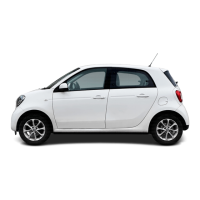
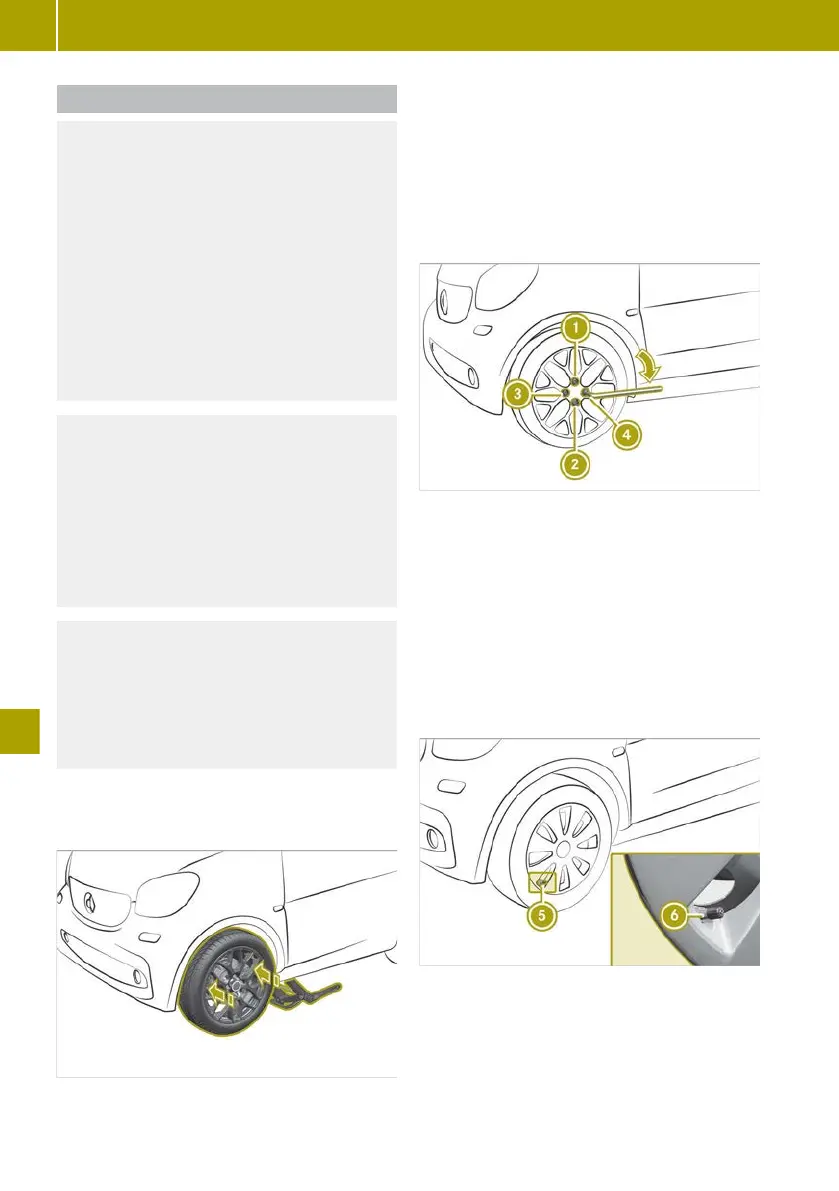